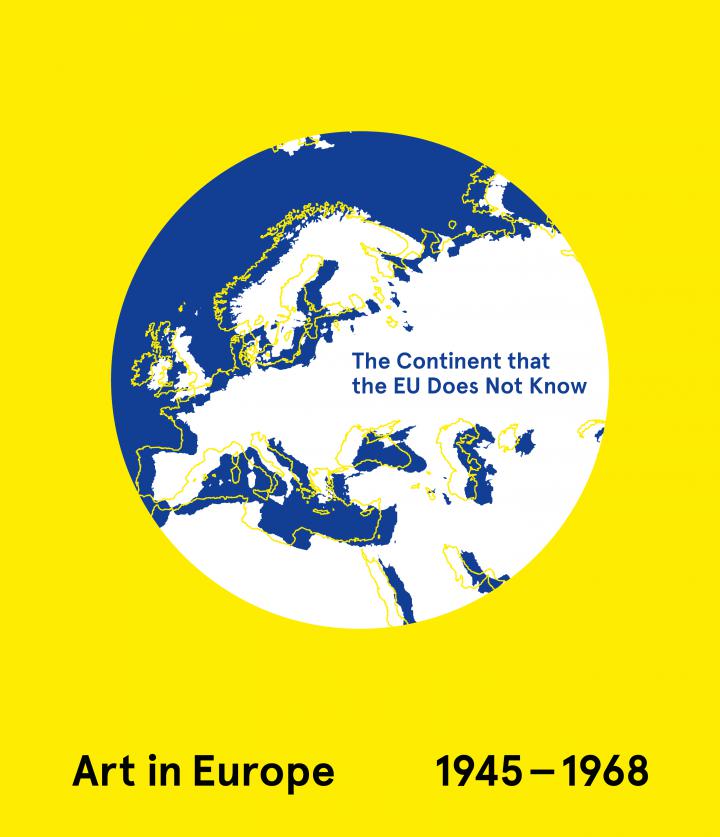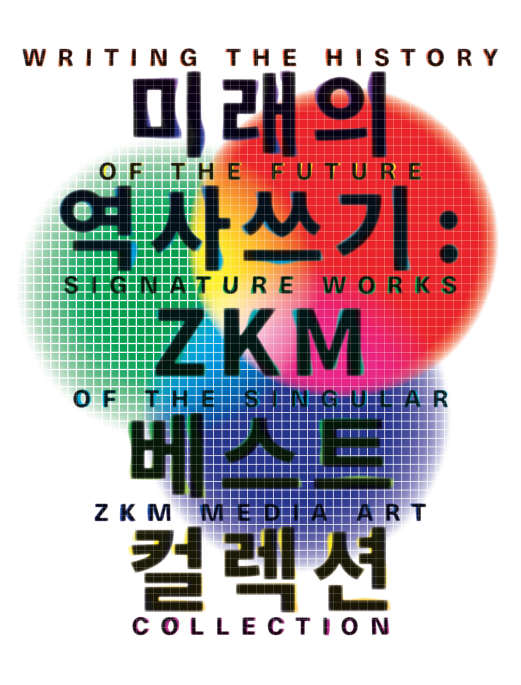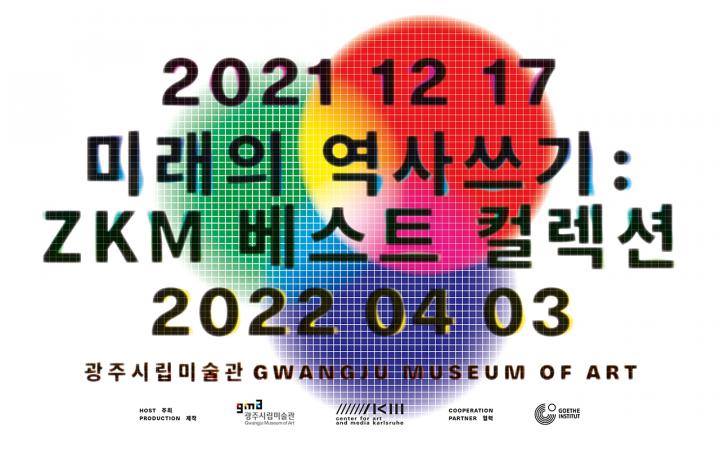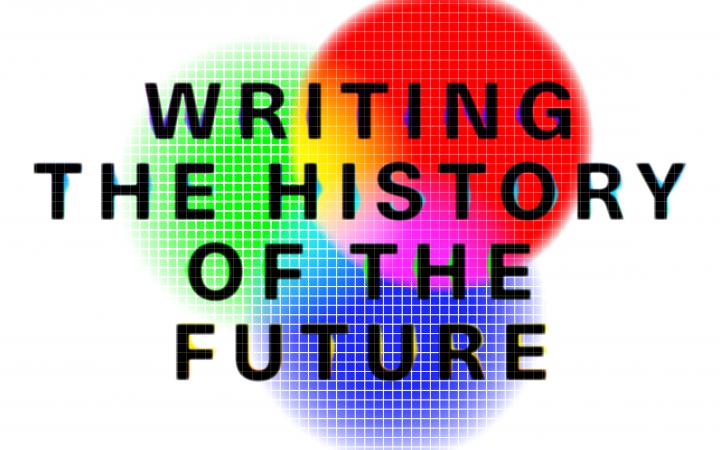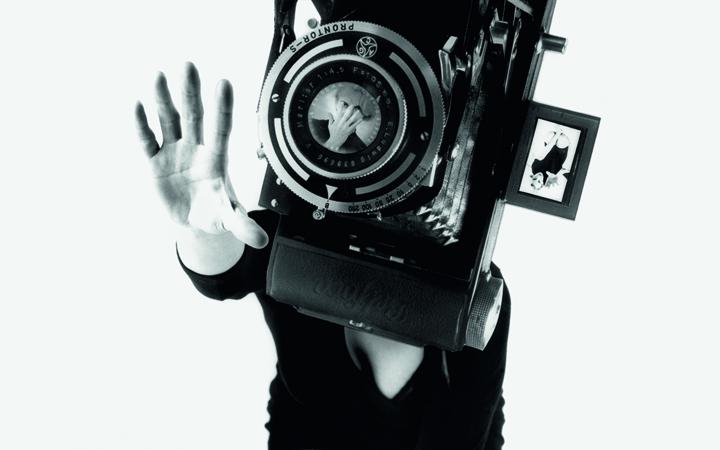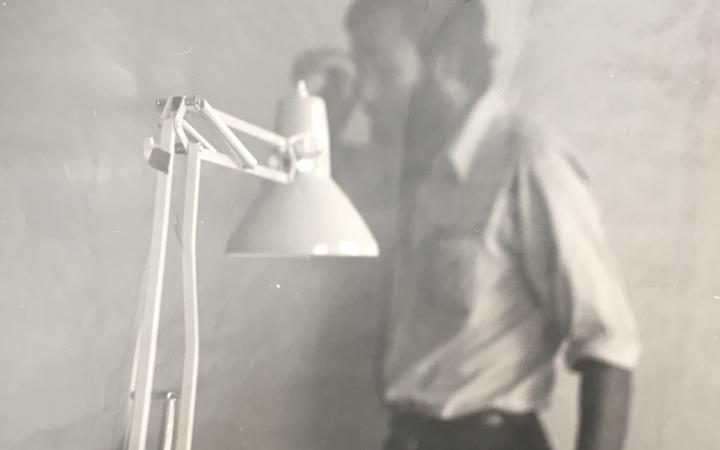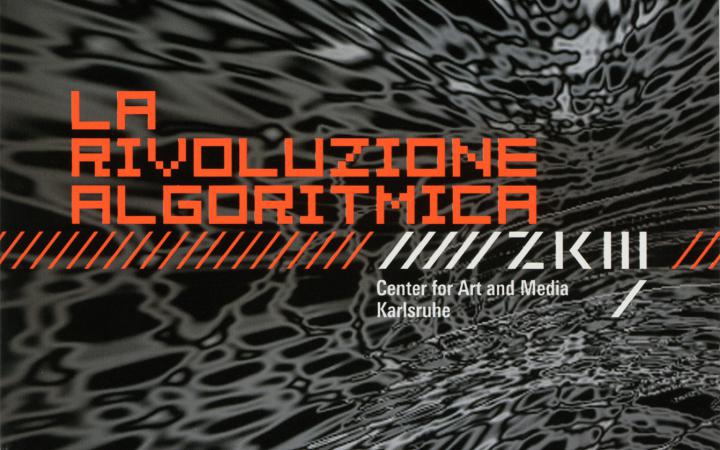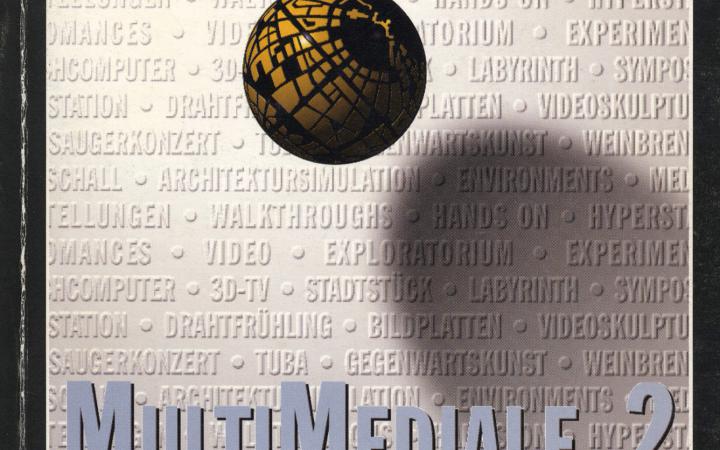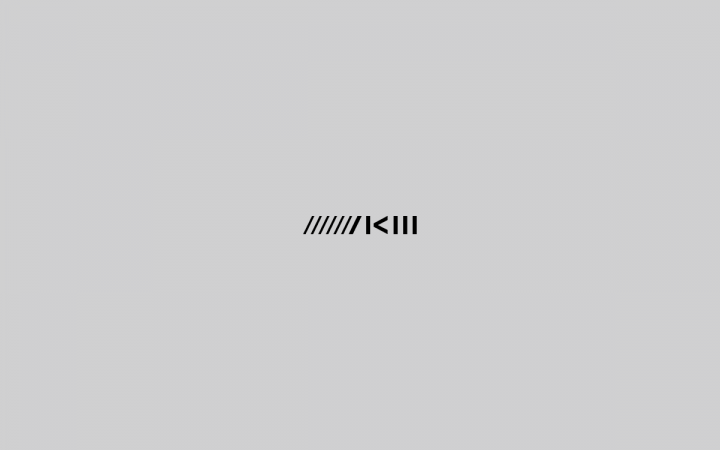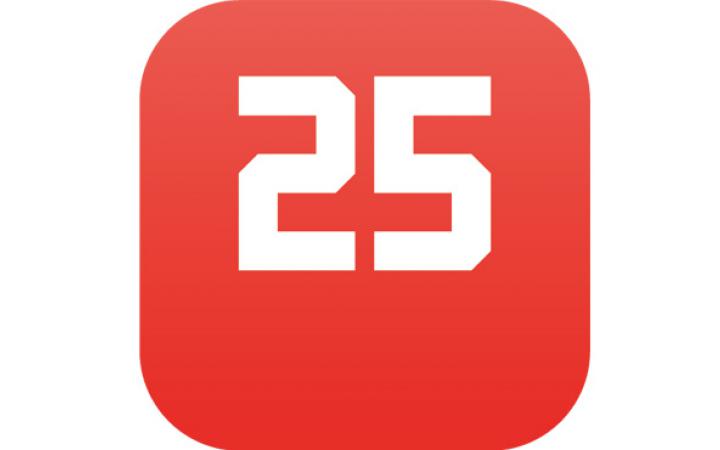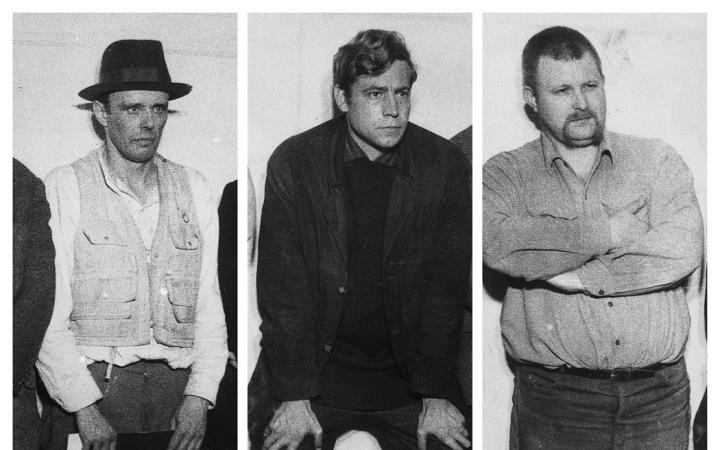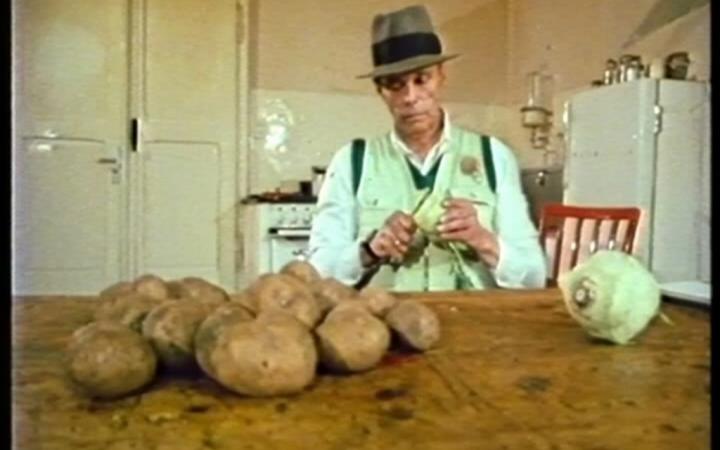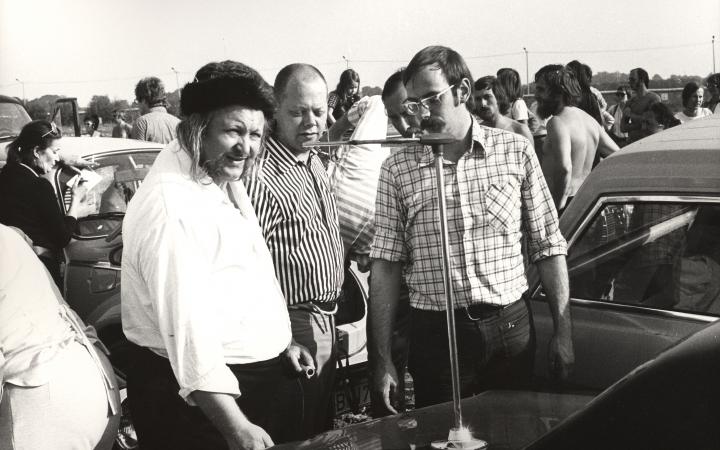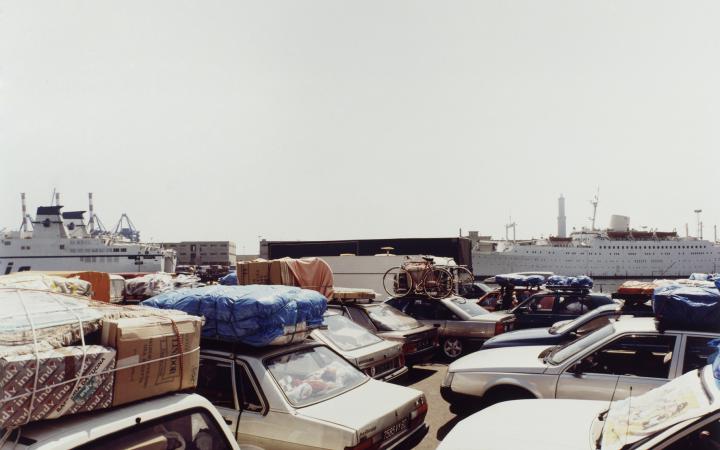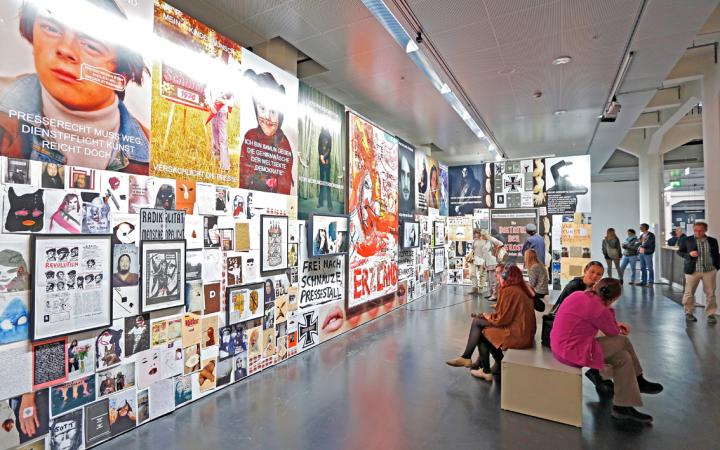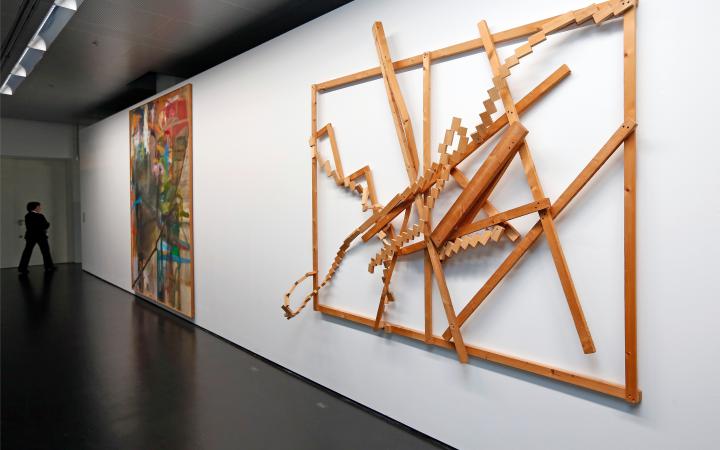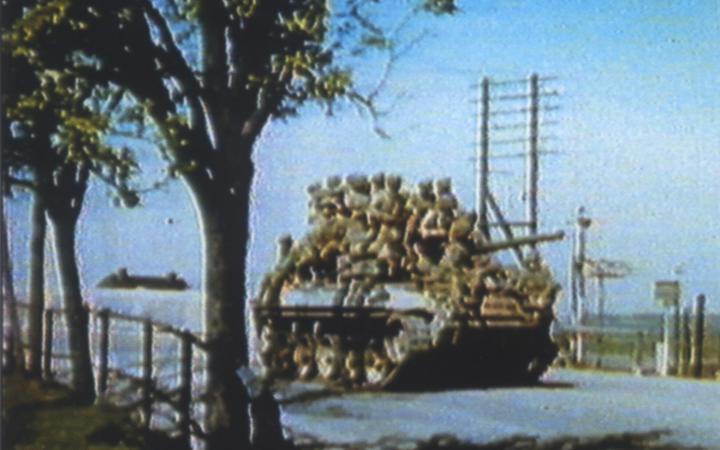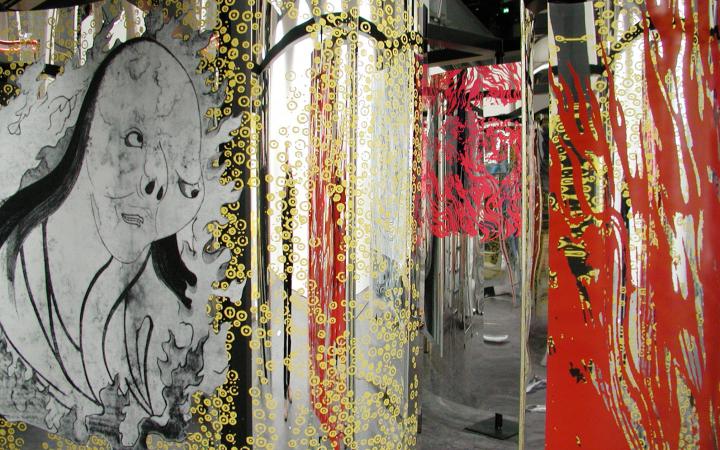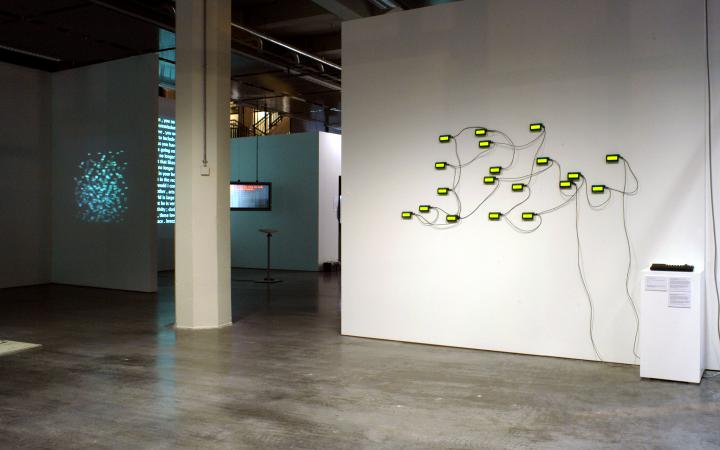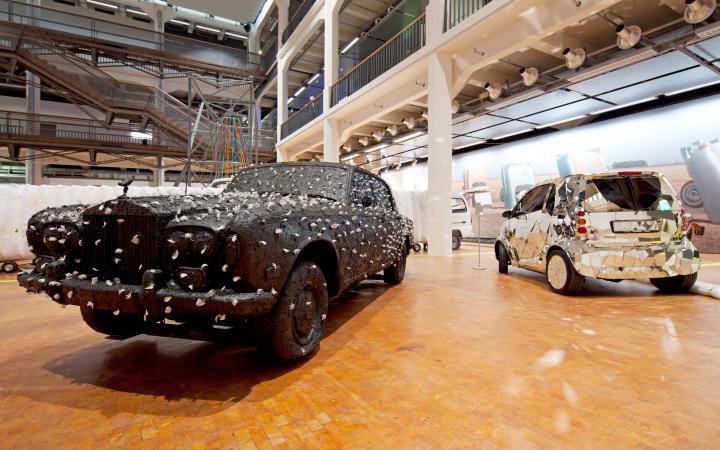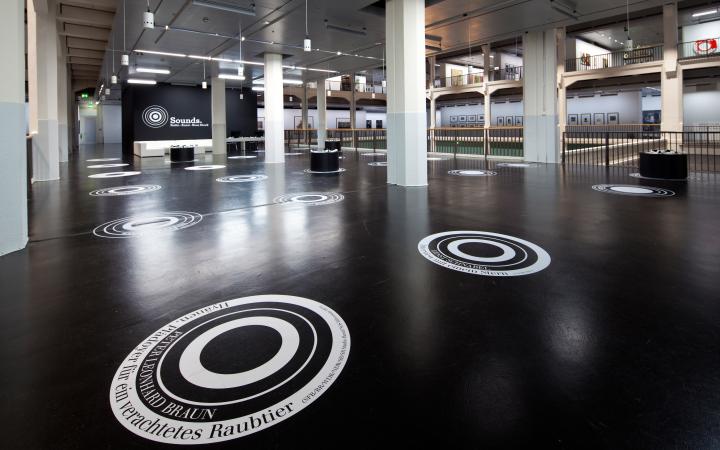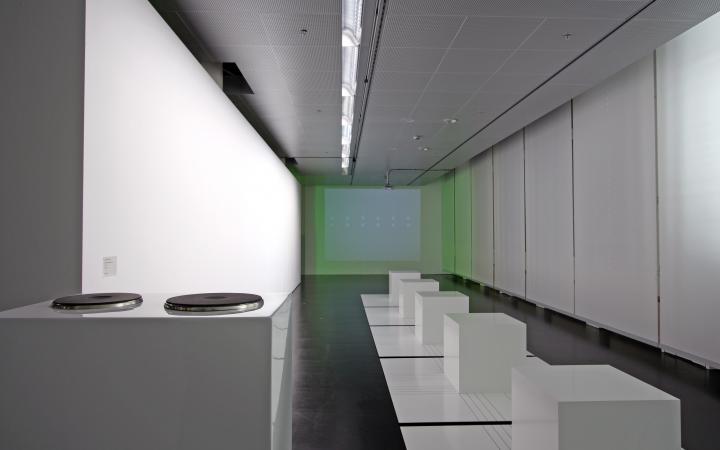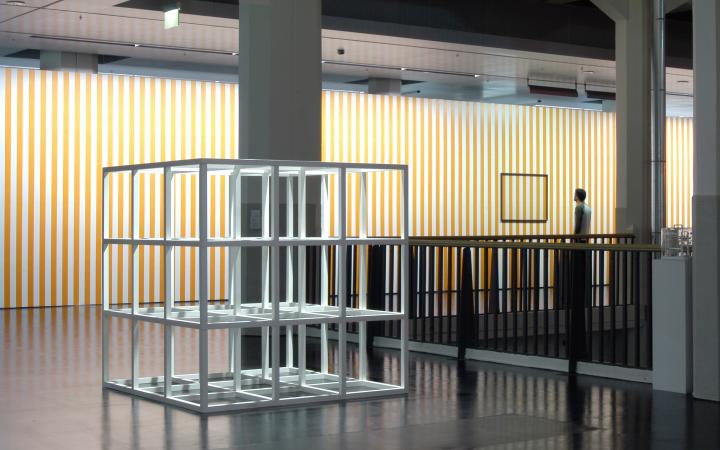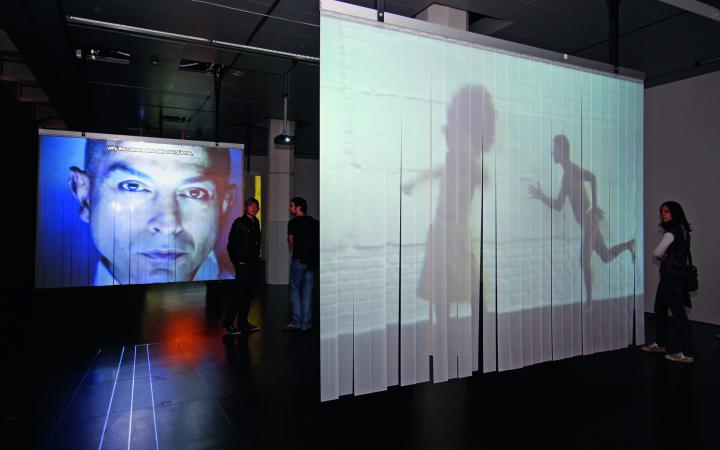- Collection & Archives
- People
- Wolf Vostell
Wolf Vostell
- Year of birth, place
- 1932, Leverkusen, Germany
- Year of death, place
- 1998, Berlin, Germany
- Role at the ZKM
- in the collection
- Biography
- Wolf Vostell was born in Leverkusen in 1932. He initially trained (1950-53) as a photo-lithographer, but in 1954 started studying Painting and Experimental Typography at the Werkkunstschule, Wuppertal. In 1955-56 he attended the École des Beaux-Arts, Paris and in 1957 the Kunstakademie, Düsseldorf. Vostell lives in Berlin and Malpartida de Càceres.
Vostell was one of the founding fathers, and remained one of the best known exponents, of the fluxus movement. After he had discovered the concept of »décollage« - scratching, dividing, loosening - on a visit to Paris in 1954, he made it the concept of his art. In his over-painted photographs and object pictures, he combined the tatters of poster-covered walls with traces and fragments of events. Vostell staged his first happenings in 1958, invariably involving onlookers, and sometimes the entire city setting, in these events. 1962 Vostell, Nam June Paik, George Maciunas and others staged the first »Fluxus International Festival for new Music« in Wiesbaden. Vostell had already started using car parts and television sets in his »décollages« of the 1950s: these allowed him to make the omnipresence of these objects in the everyday life of an industrialized society one of his major subjects. Many of Vostell's performance pieces and happenings were prepared series of drawings, collages and sketches or in fragments of text and notes. Vostell has worked with video since the early 1960s. His »décollage« performance art, meanwhile, has not been limited to deforming, isolation and over-painting objects, but has extended into electronic space: he integrates television sets into his work, sometimes adjusting their receivers so that the images shown on their screens are subject to interference, often enclosing them in concrete. Such a use of concrete has come to be recognized as a characteristic of his work, above all in projects for public spaces. During the last few years, Vostell has produced many large sculptural works and projects for urban environment.
Individual exhibitions (selection)
1961 Galerie »Le Soleil dans la Tête«, Paris
1963 Galerie Parnass, Wuppertal; Smolin Gallery, New York
1966 Galerie René Block, Berlin
1974 Musée d'Art Moderne de la Ville de Paris
1975 Staatliche Museen zu Berlin - Preußischer Kulturbesitz, Neue Nationalgalerie, Berlin
1978 Museo de Arte Contemporaneo de Madrid, subsequently at Fundació Joan Miró, Barcelona; Fundação Calouste Gulbenkian, Lisbon
1980 Los Angeles Institute of Contemporary Art, Los Angeles; Kunstverein, Braunschweig
1992 »Vostell '92«, Rheinisches Landesmuseum, Bonn, Josef-Haubrich-Kunsthalle, Stadtmuseum, Cologne; Museum Morsbroich, Leverkusen; Städtische Kunsthalle, Mannheim, Städtisches Museum Mülheim in der Alten Post, Mülheim
1993 »Vostell LEBEN = KUNST = LEBEN«, Kunstgalerie, Gera
1994 Utopische Stadtprojekte, Galerie Rafael Vostell, Berlin
1995 »Neue Arbeiten«, Galerie Joao Guaita, Palma de Mallorca
1996 »Drei Grazien & Blauer Zyklus«, Galerie Fine Art Rafael Vostell, Berlin
Group exhibitions (selection)
1975 »Art Cologne«, Messehallen, Cologne
1977 documenta VI, Kassel
1983 São Paulo Bienal, São Paulo
1987 »Mythos Berlin«, Staatliche Kunsthalle, Berlin
1990 Biennale di Venezia, Venice
1995 3. Biennale de Lyon, Lyon
1996 »Face à l'Histoire«, Musée National d'Art Moderne, Centre Georges Pompidou, Paris
1997 »Video Sculptures in Germany 1963-1993«, Museum van Hedendaagse Kunst, Ghent; »Deutschlandbilder«, Martin-Gropius-Bau, Berlin
[Frauke Syamken, 1997]
![Wolf Vostell, Peter Faecke, »Postversandroman« [Mail Order Novel], 1970-1973, offset print on paper, cardboard, vinyl, 31,5 x 22,6 x 2 cm, ZKM | Center for Art and Media Karlsruhe. / © VG Bild-Kunst, Bonn ; photo © ZKM | Center for Art and Media Karlsruhe, photo: Franz J. Wamhof Werk - Postversandroman](https://zkm.de/sites/default/files/styles/r17_1280/public/bild/MNK_02850_02419_vostell_postversandroman_001.jpg?itok=vW0dhbRo)
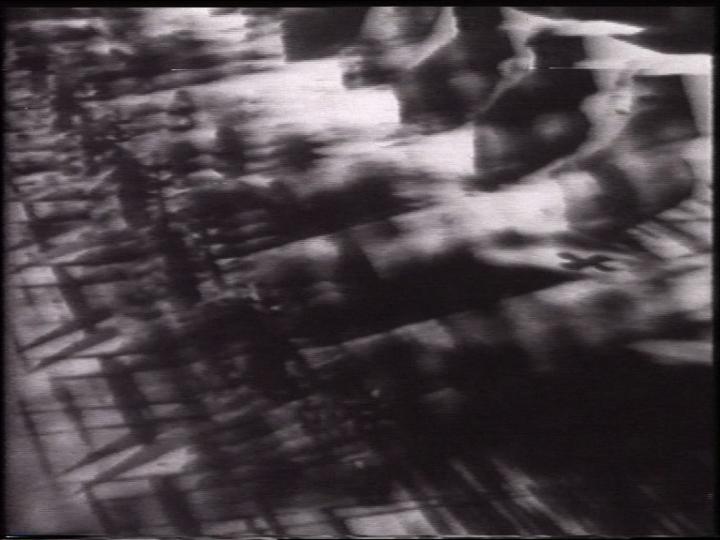
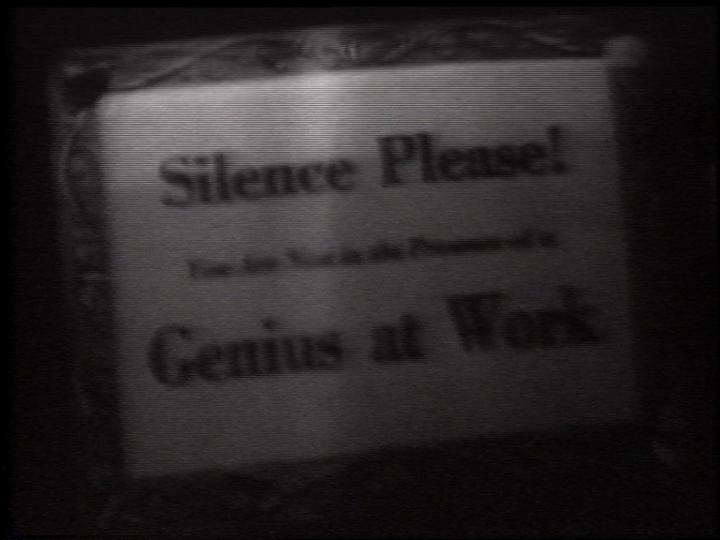
![Wolf Vostell, »Beton-TV-Paris« [Concrete-TV-Paris], 1974, TV sculpture ; concrete, TV, 170 x 81 x 50 cm, ZKM | Center for Art and Media Karlsruhe. / © VG Bild-Kunst, Bonn 2014; photo © ZKM | Center for Art and Media Karlsruhe, photo: Thomas Goldschmidt Werk - Beton-TV-Paris](https://zkm.de/sites/default/files/styles/r17_720_dynamic/public/bild/MNK_00369_00025_vostell_beton-tv-paris.jpg?itok=ROIpUhxc)
![Wolf Vostell, »Depression Endogène« [Endogenous Depression], 1984, TV sculpture ; concrete, TV, 164 x 80 x 64 cm, ZKM | Center for Art and Media Karlsruhe. / © VG Bild-Kunst, Bonn 2014; photo © ZKM | Center for Art and Media Karlsruhe, photo: Thomas Goldschmidt Werk - Depression Endogène](https://zkm.de/sites/default/files/styles/r17_720_dynamic/public/bild/MNK_00371_00080_vostell_depression.jpg?itok=Dmzy84KE)
![Wolf Vostell, »Il giardino delle delizie« [The Garden of Delights], 1982, 2 LPs with a recording of the artist's Fluxus media opera, booklet, cardboard folder, 31,5 x 31,5 cm, ZKM | Center for Art and Media Karlsruhe. / © VG Bild-Kunst, Bonn 2014; photo © photo: Michael Koepff Werk - Il giardino delle delizie](https://zkm.de/sites/default/files/styles/r17_720_dynamic/public/bild/MNK_00740_00460_vostell_il-giardino.jpg?itok=pwUFITAH)
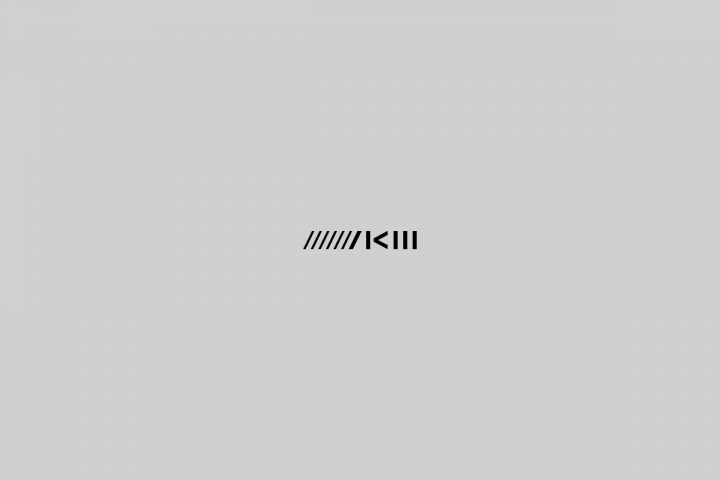
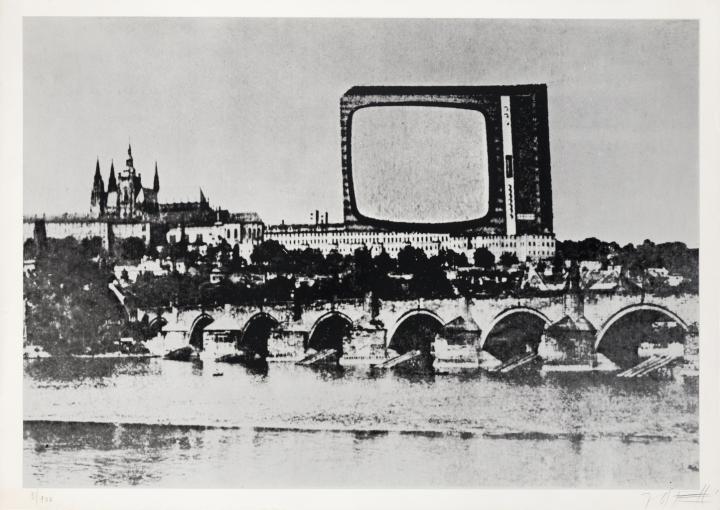
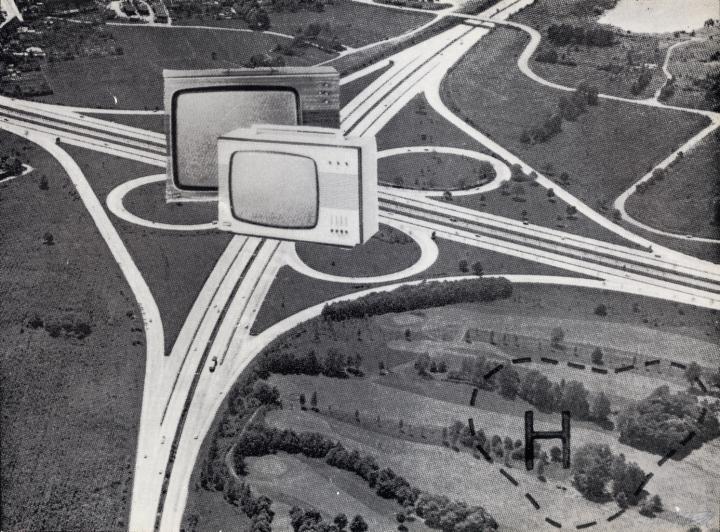
![Wolf Vostell, »Transmigración II« [Transmigration II], 1958, oil on canvas, wood, TV, 91 x 102 x 40 cm, ZKM | Center for Art and Media Karlsruhe. / © VG Bild-Kunst, Bonn ; photo © ZKM | Center for Art and Media Karlsruhe, photo: Steffen Harms Werk - Transmigración II](https://zkm.de/sites/default/files/styles/r17_720_dynamic/public/bild/MNK_02085_02002-2013_Vostell_Transmigracion-II_001.jpg?itok=xIN9p8Lo)
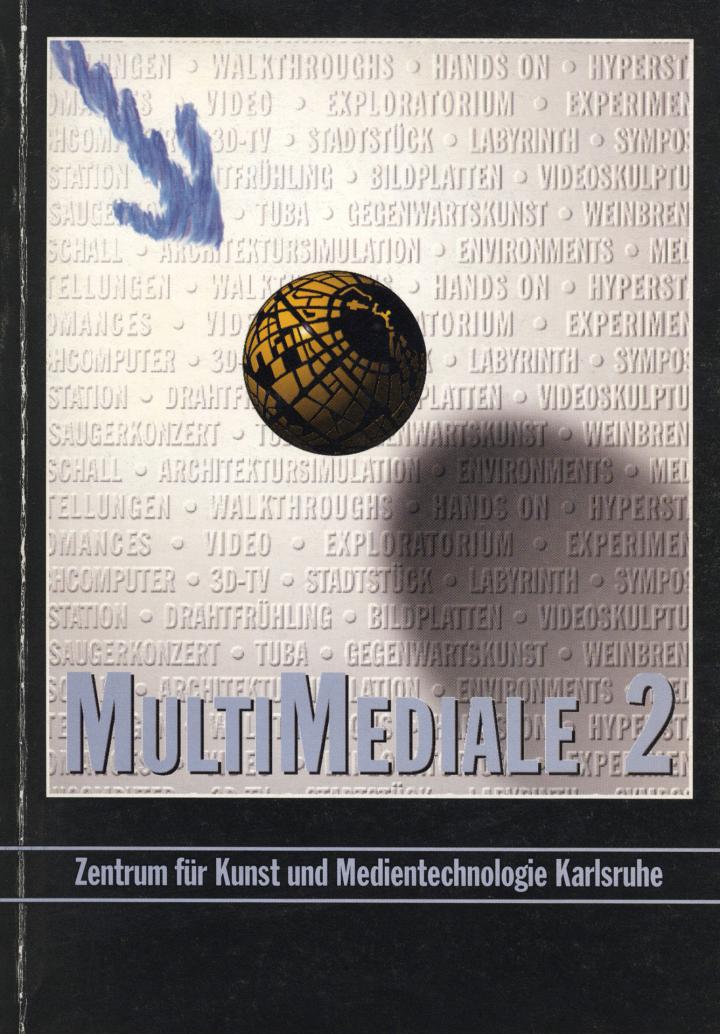
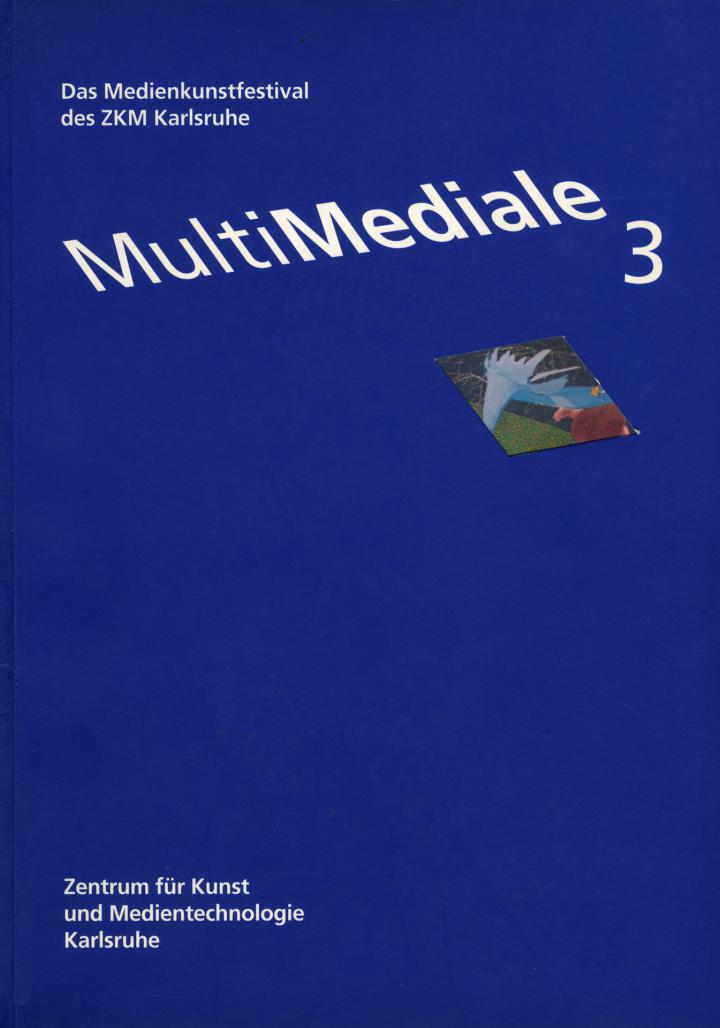
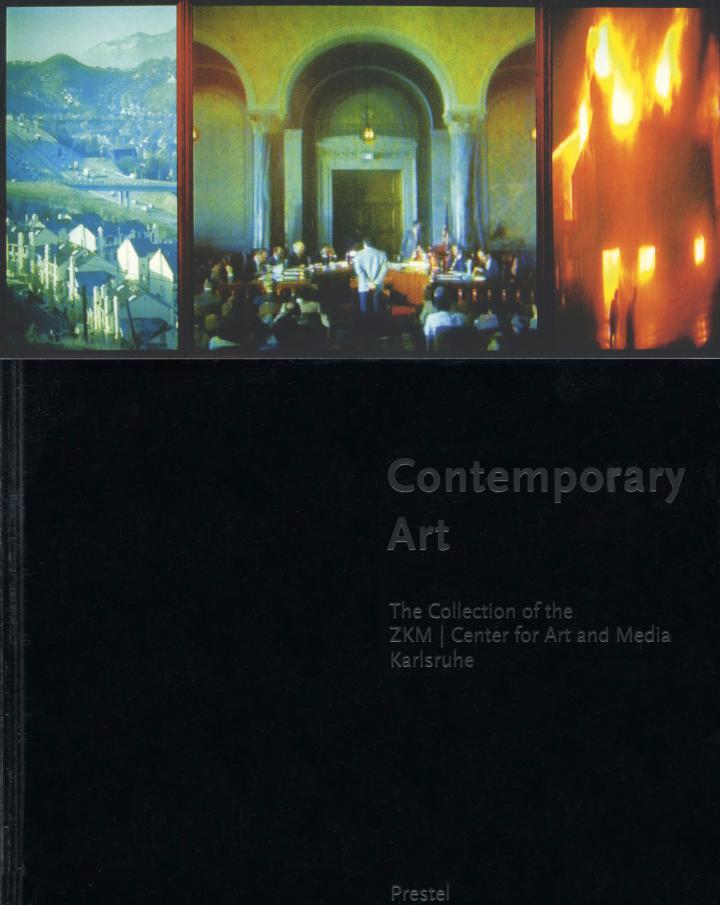
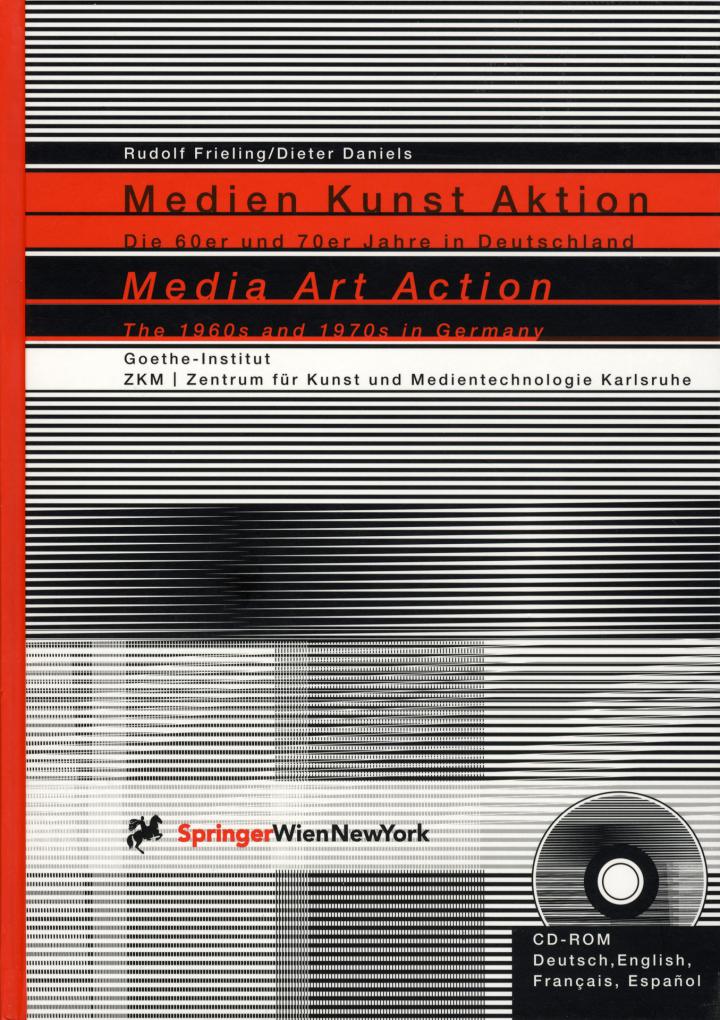
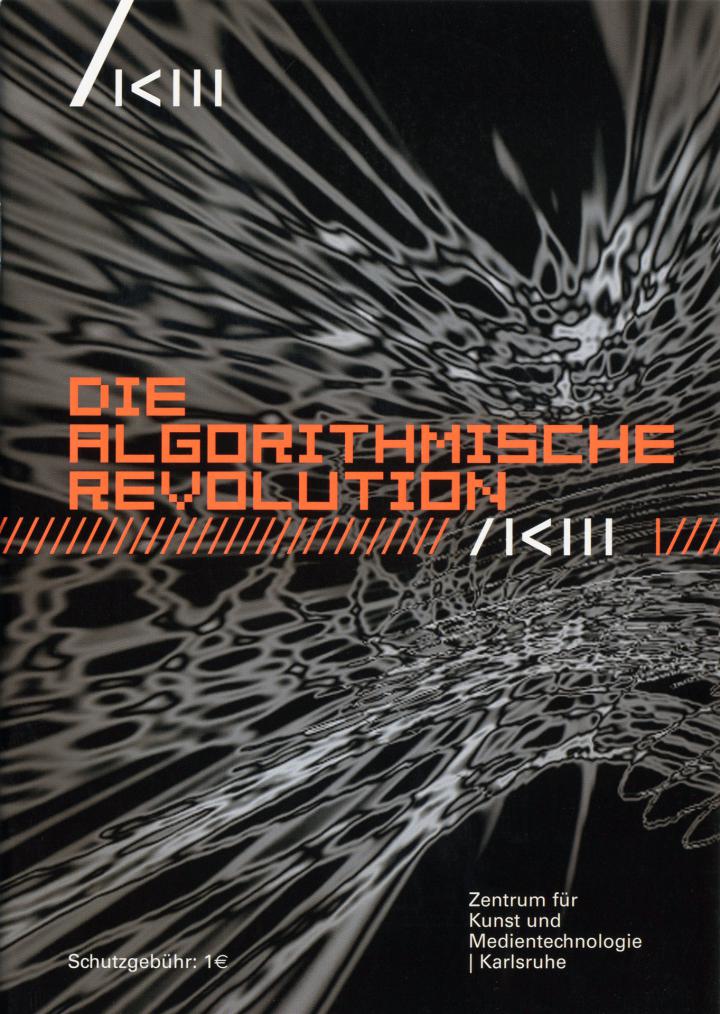
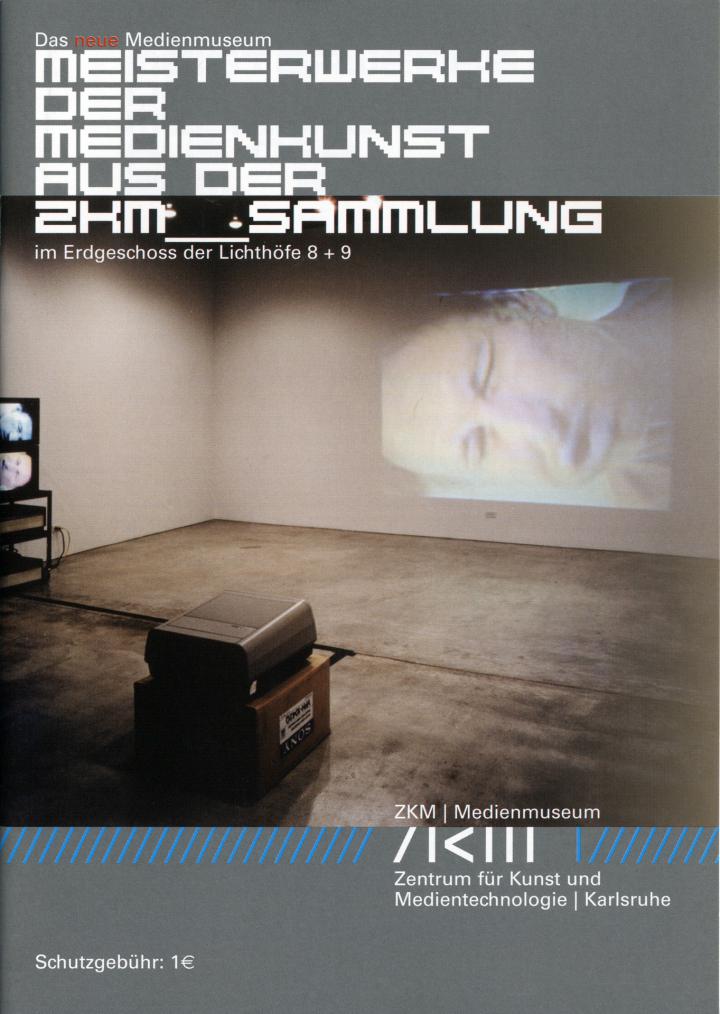
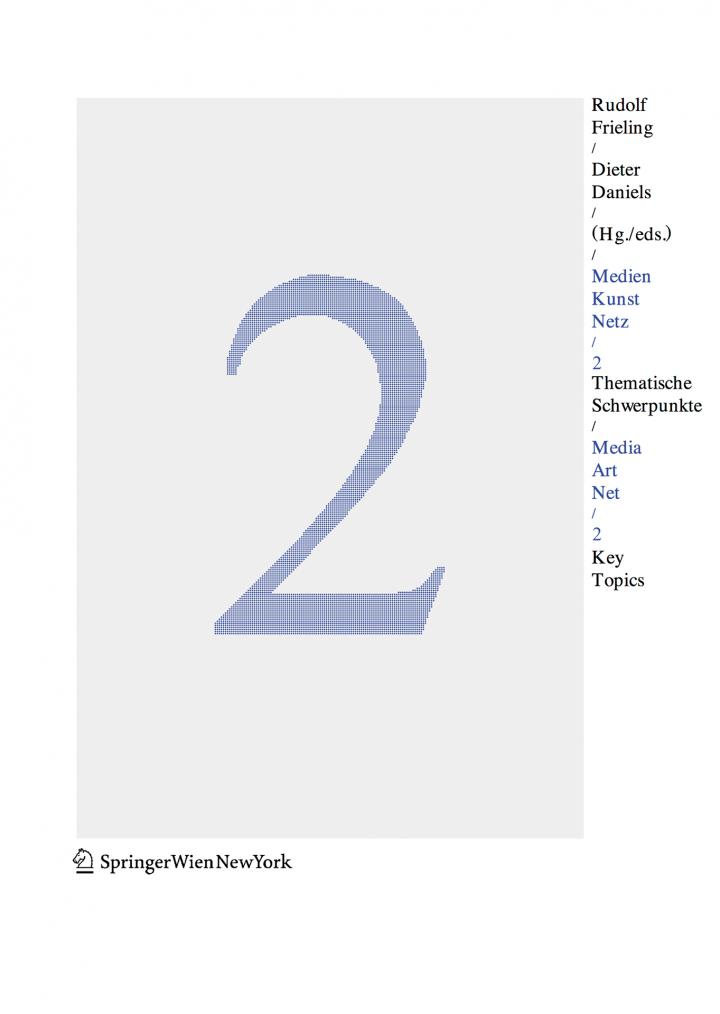
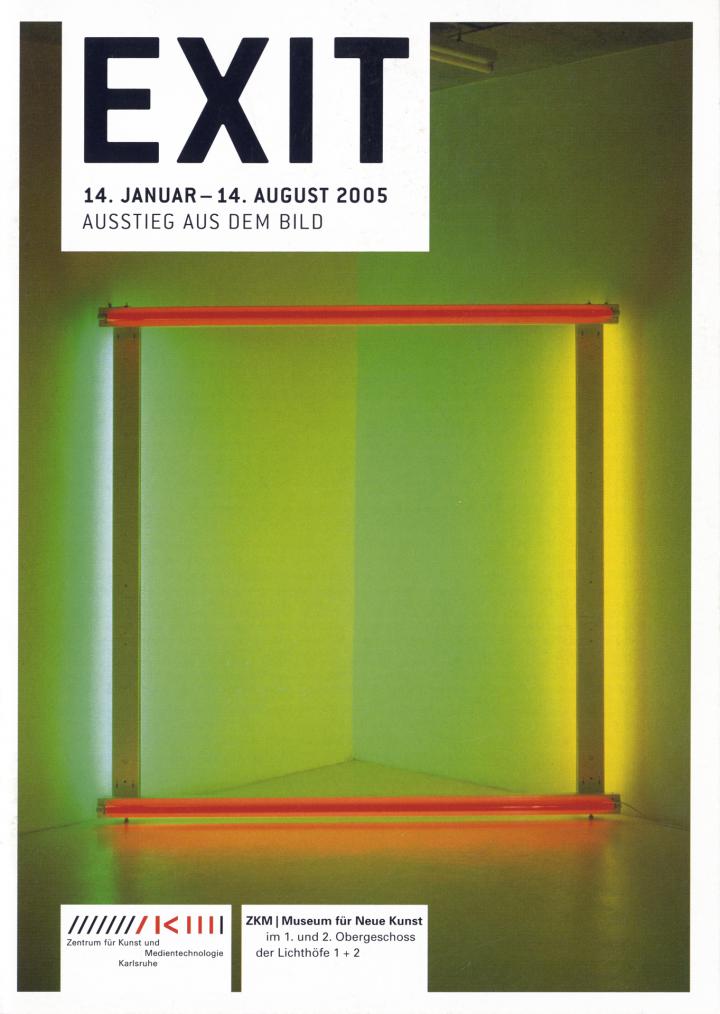
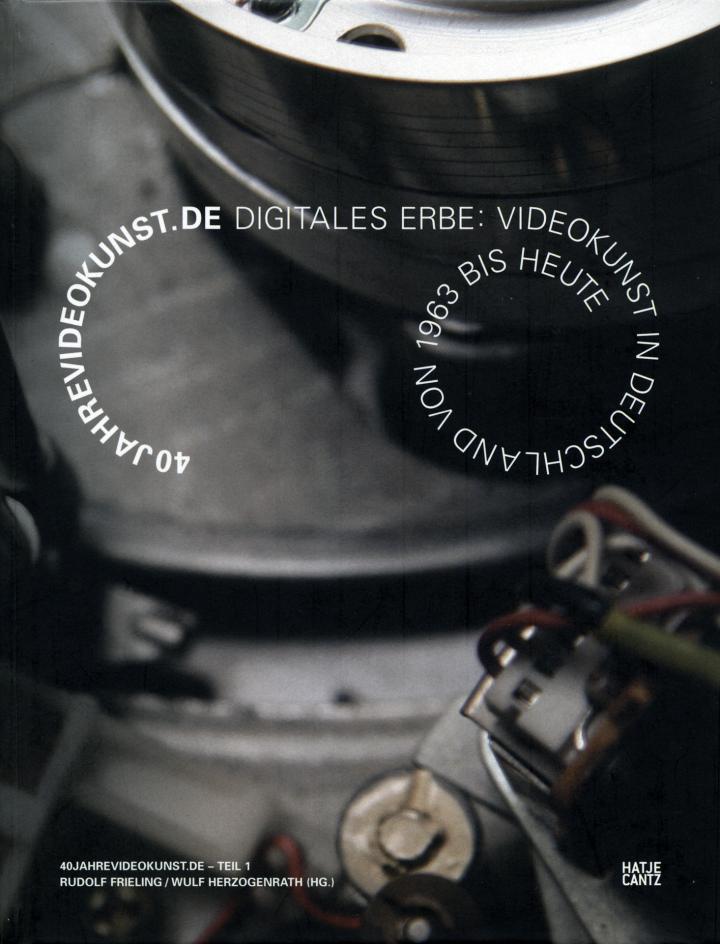
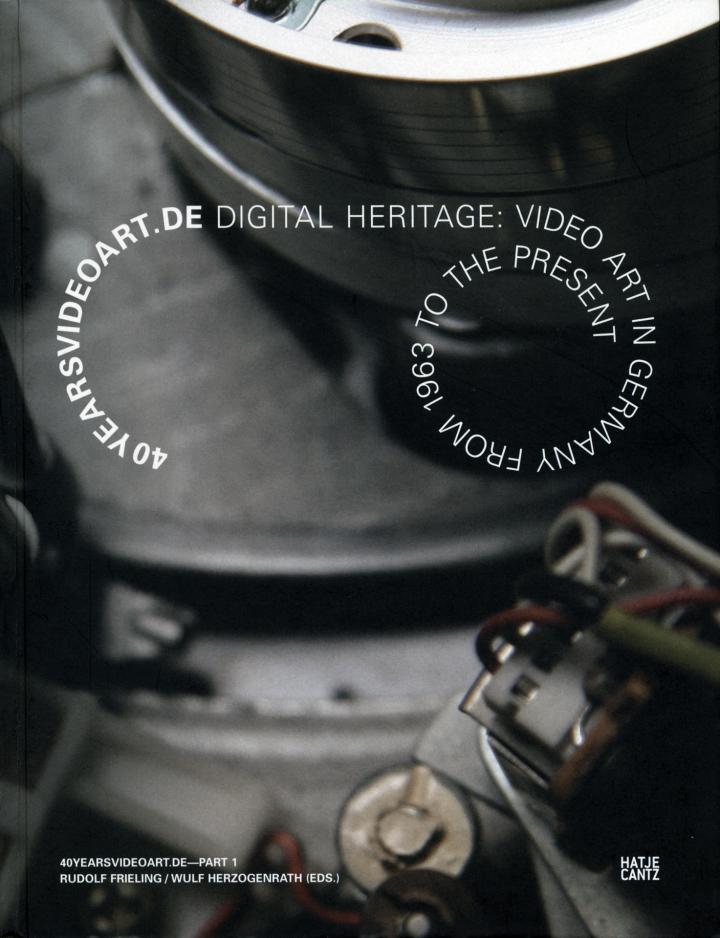
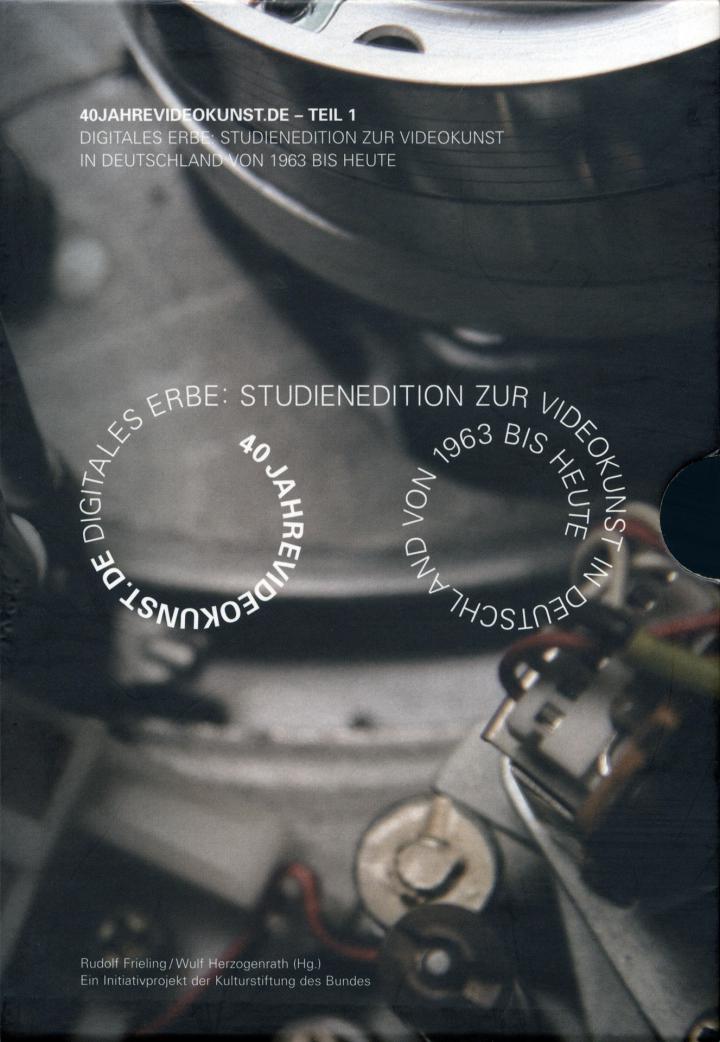
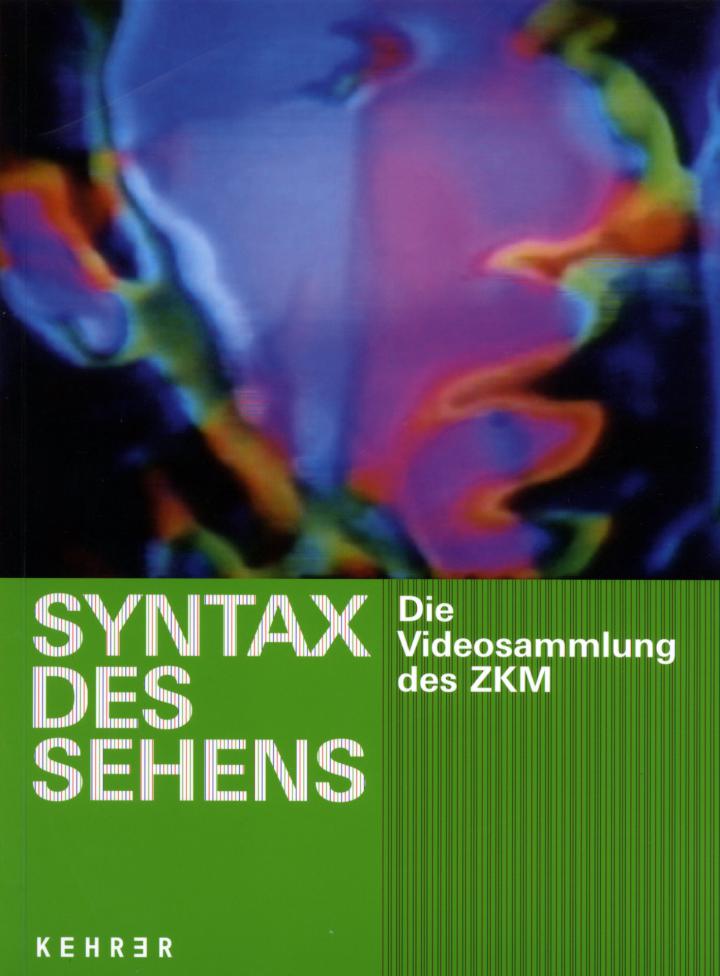
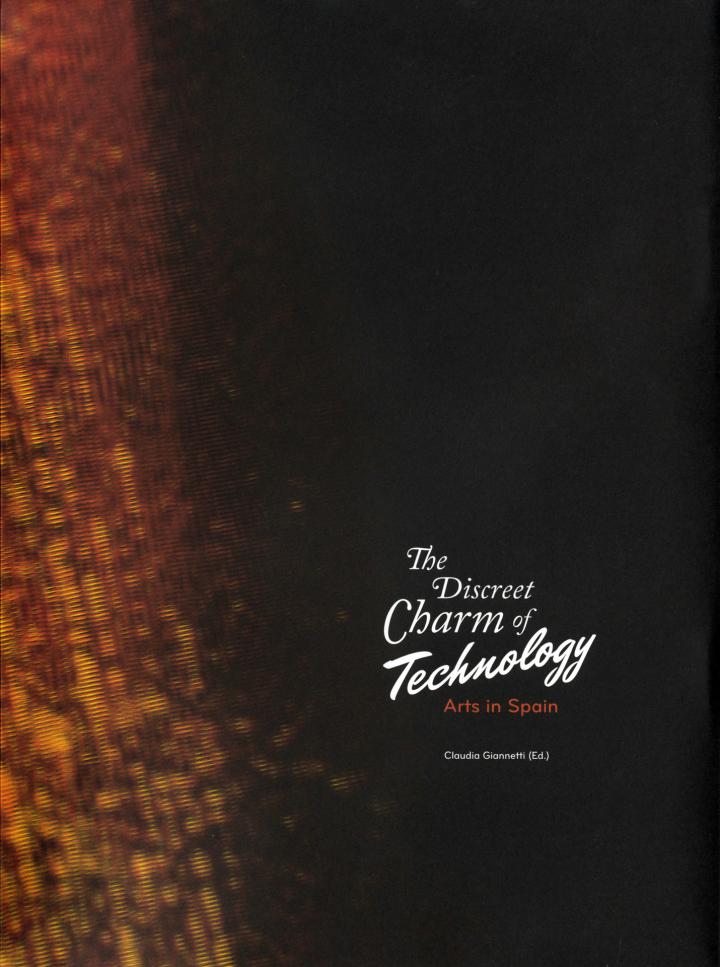
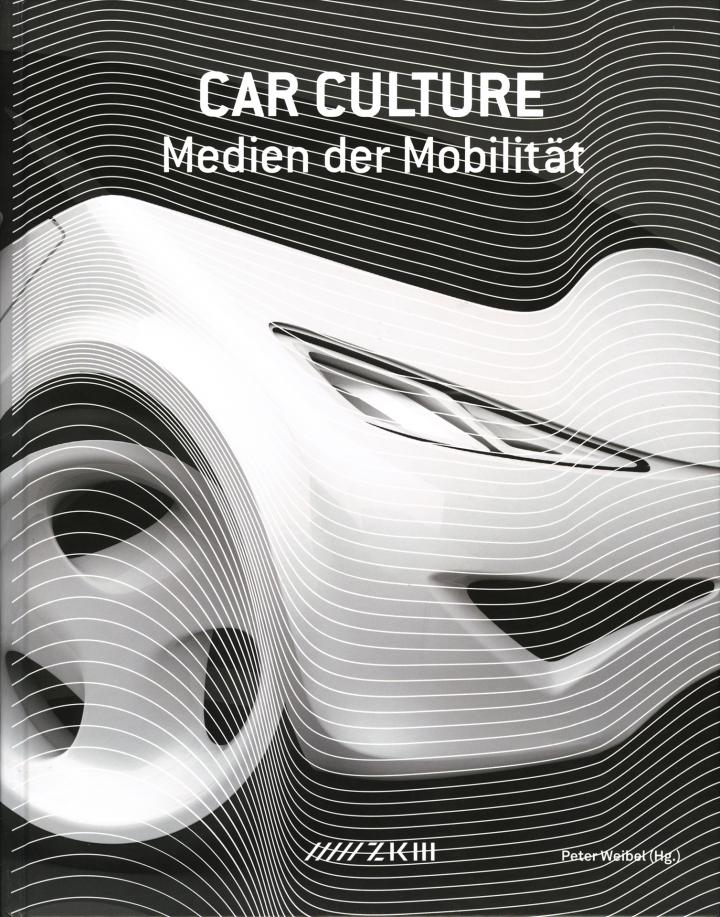
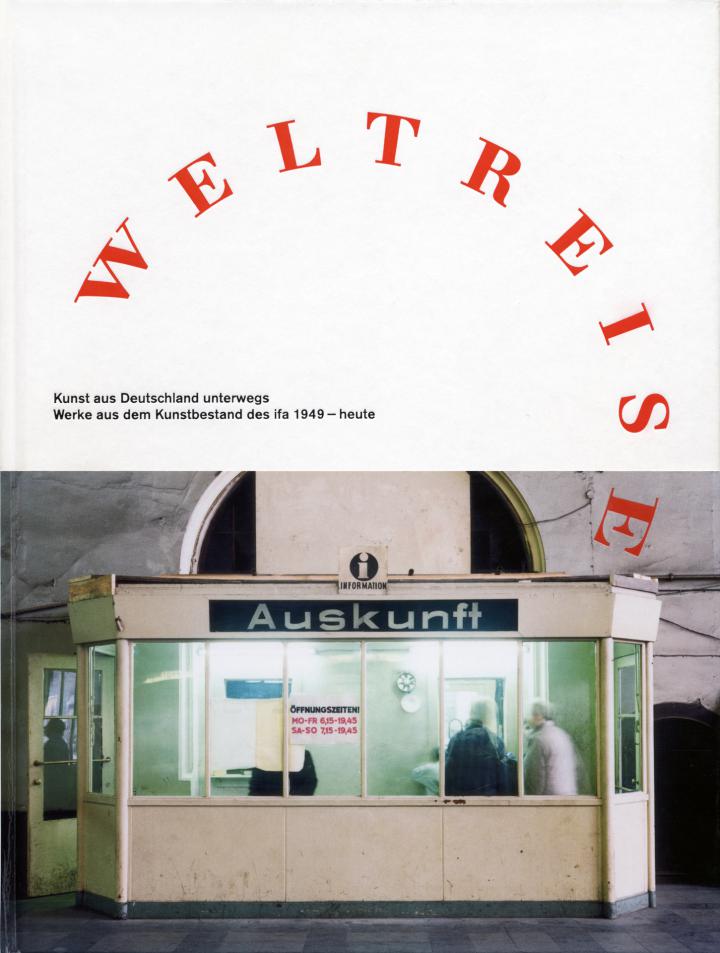
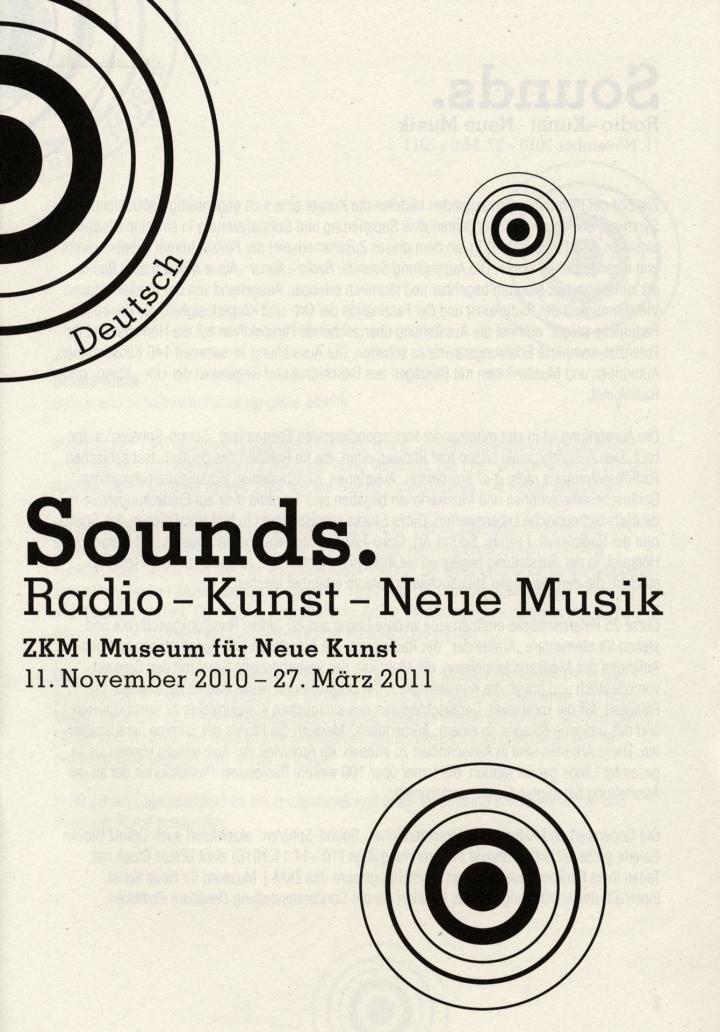
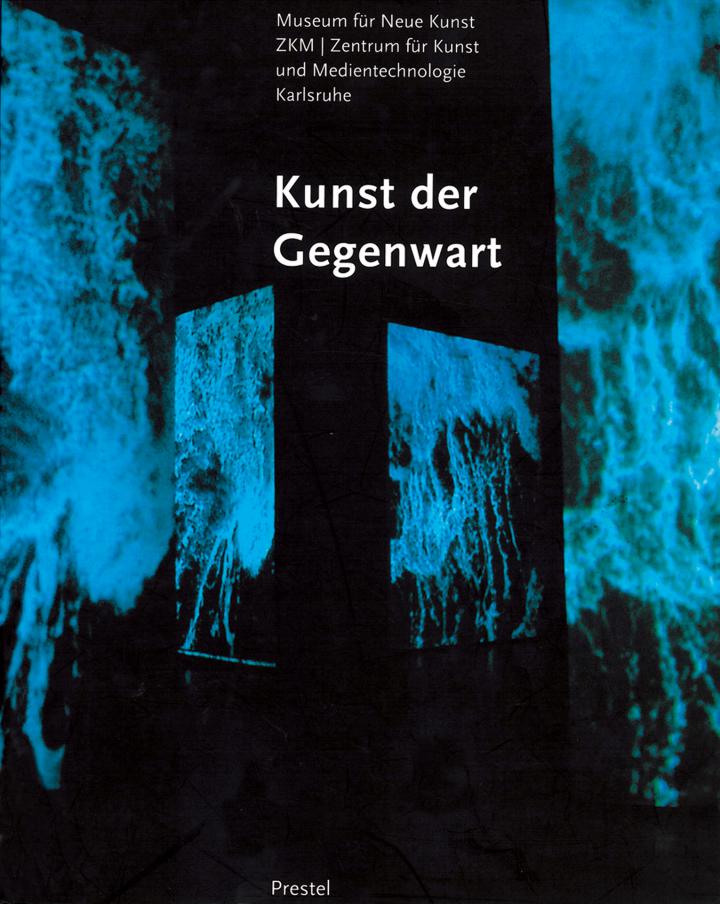
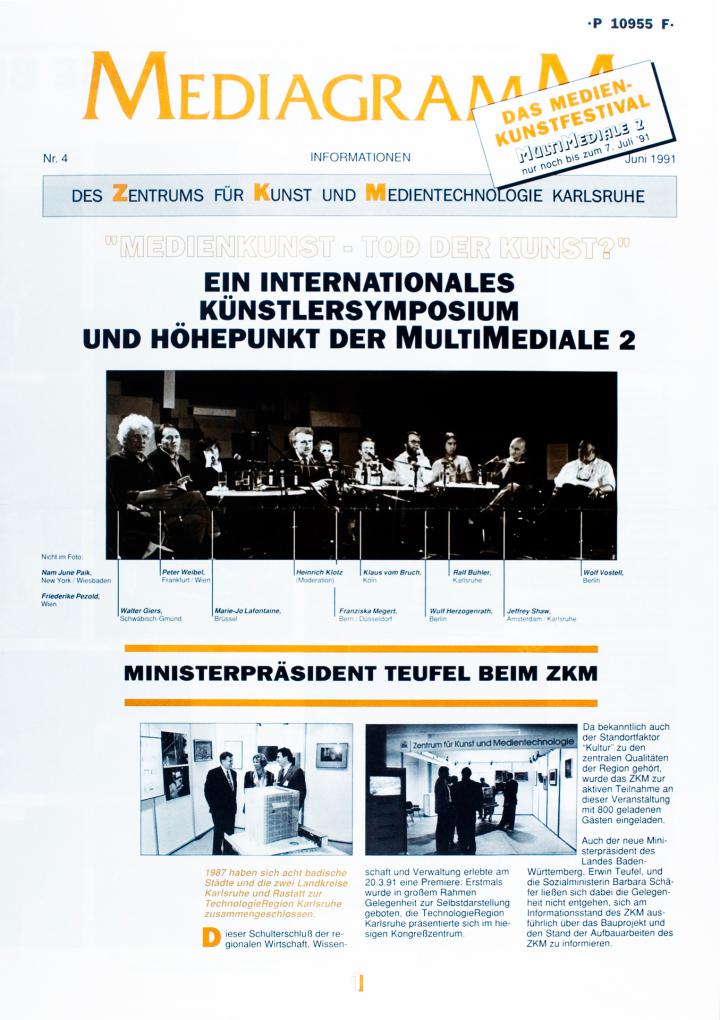
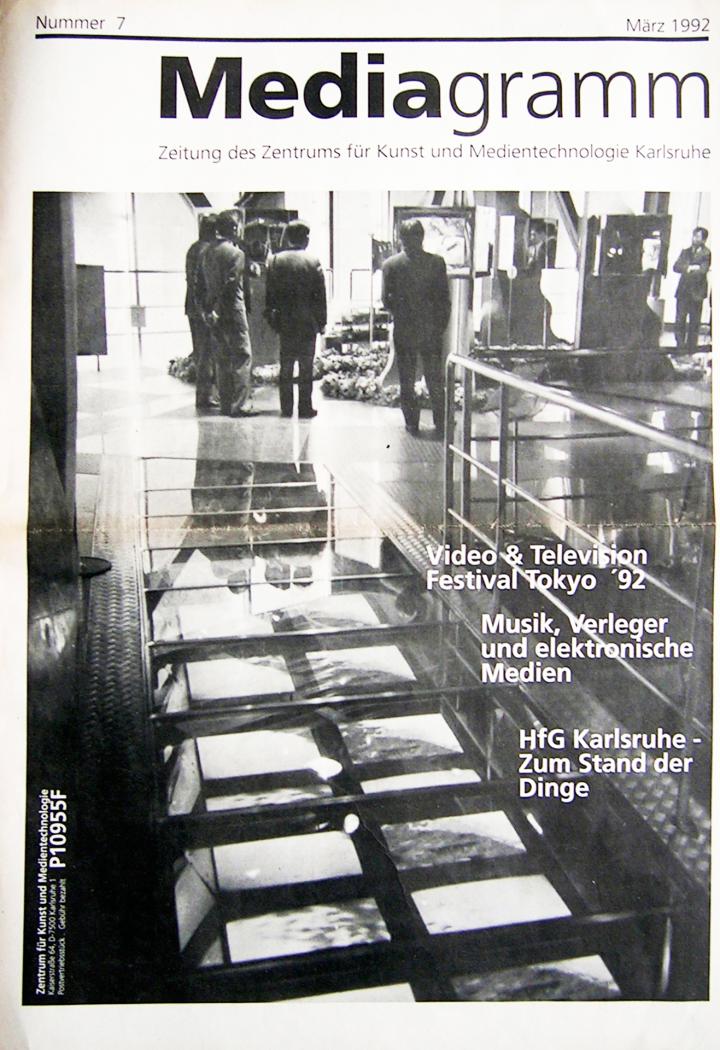
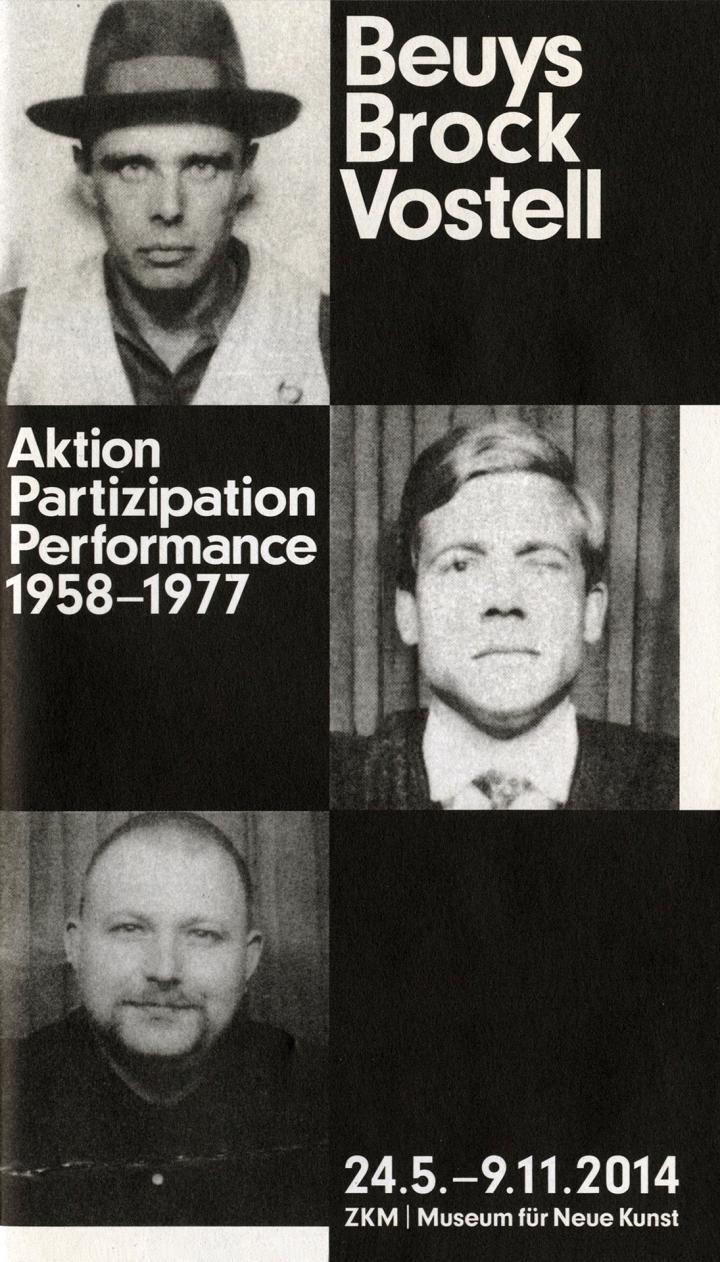
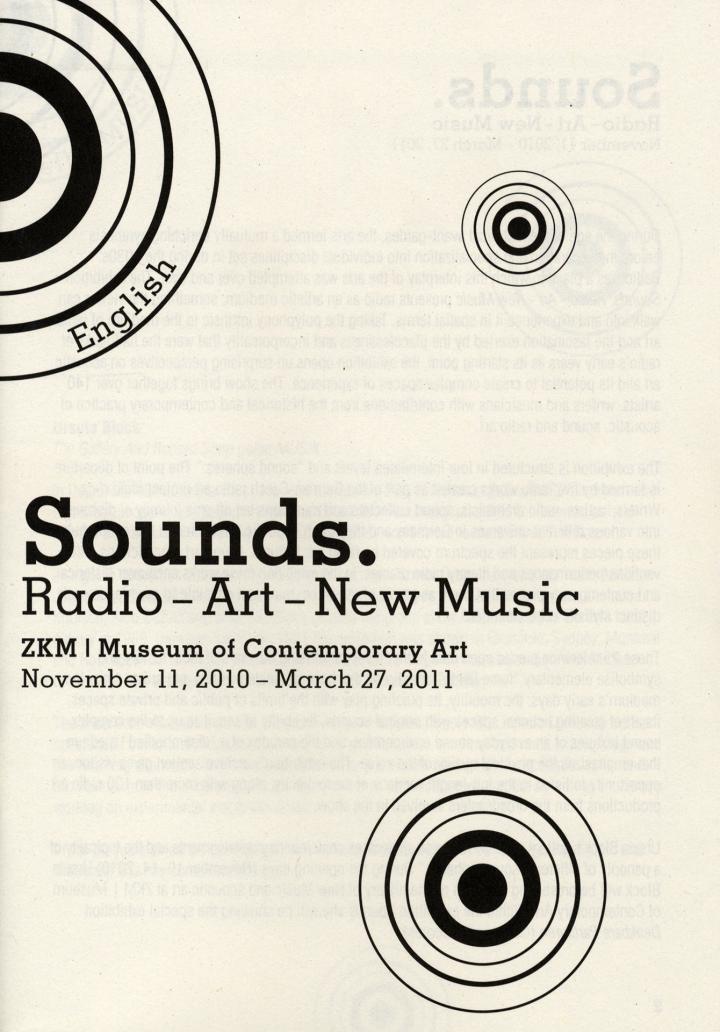

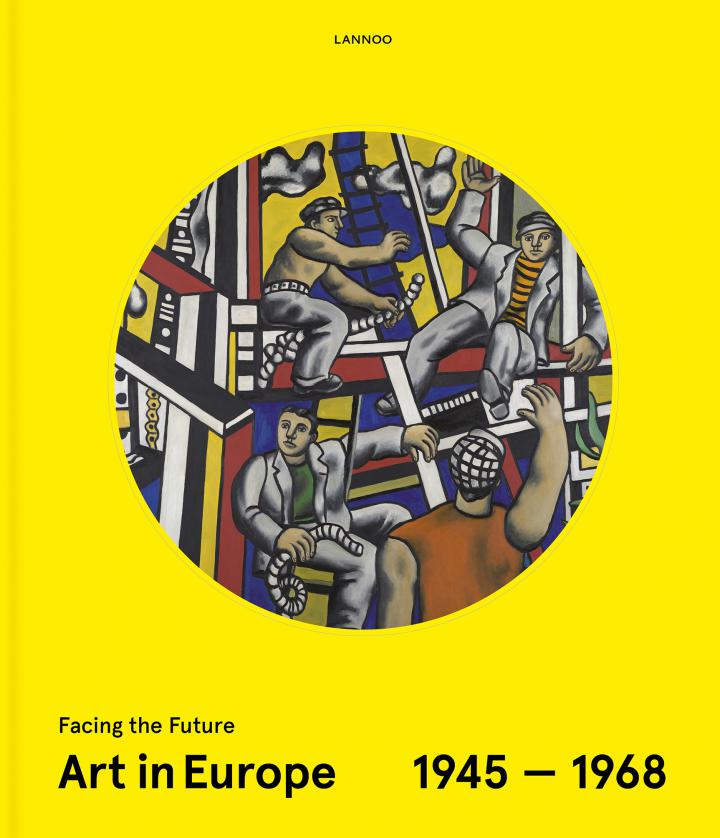
![»Inter[in]vention«, Fundaçâo Eugénio de Almeida, 2013 / © Fundaçâo Eugénio de Almeida Blue cover with white writing.](https://zkm.de/sites/default/files/styles/r17_720_dynamic/public/bild/2013_-_publikation_-_intervention_-_cover_0.jpg?itok=6WYxarwb)
